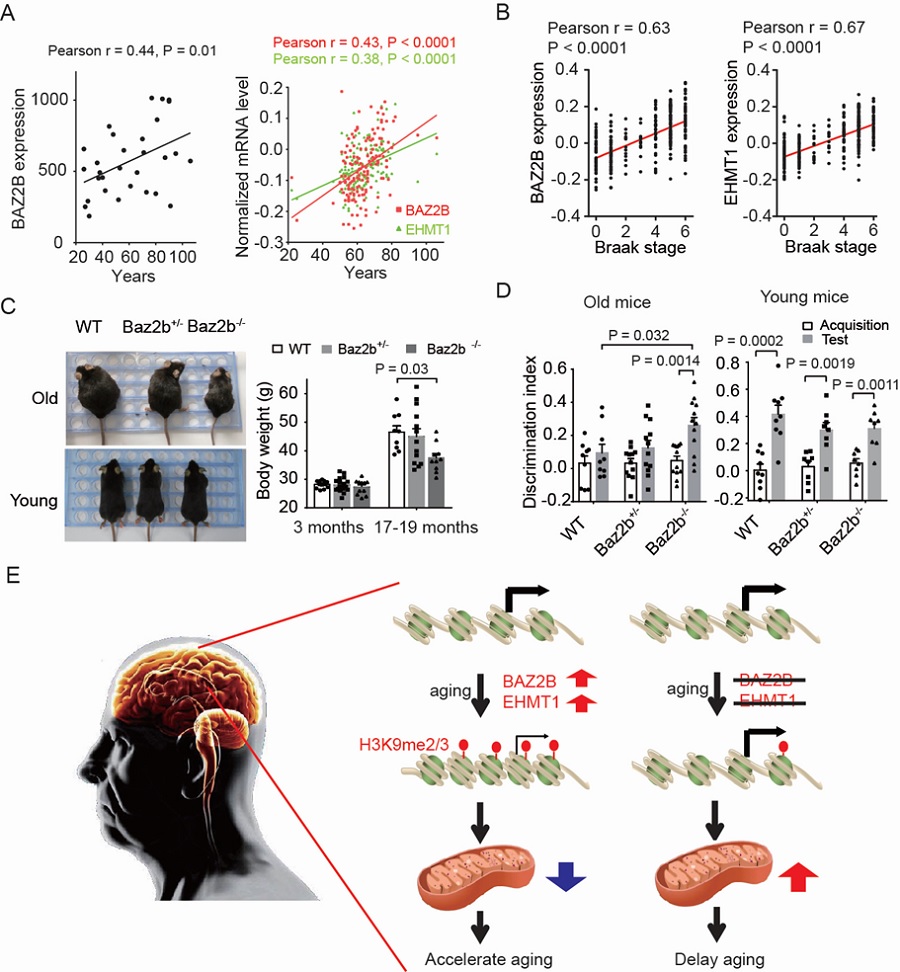
Two recent research articles revealed a considerable degree of plasticity of retinal function during the early stage of development. The research was completed by Dr. ZHANG Yifeng’s lab.The research results provide a basis for exploring how environmental stimuli change the retinal circuits, and help to explore the use of early sensory experience training for adjuvant treatment of some sensory system diseases.
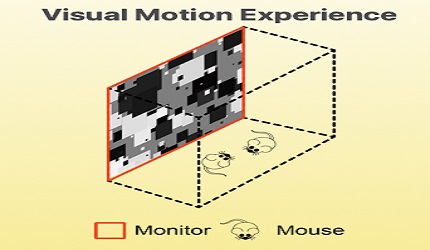
A recent study published in eLife reveals the different neural mechanisms underlying opioid analgesia. This study was performed by researchers in Dr. SUN Yan-Gang’s Lab.Using a combination of genetic, pharmacological, and behavioral approaches, the authors reveal that analgesic effects of exogenous and endogenous opioids on inflammatory pain are mediated by mu opioid receptors (MORs) expressed in glutamatergic and GABAergic neurons, respectively.

A recent study published in Nature Communications reveals that the top-down projection from orbitofrontal cortex to primary visual cortex contributes to visual associative learning. This work was performed by researchers in Dr. YAO Haishan’s Lab. They demonstrates that the OFC projection to V1 plays a key role in filtering out non-relevant visual information to facilitate associative learning.

A recent study published in Cell Reports demonstrates that retinoid X receptor α (Rxra) regulates docosahexaenoic acid (DHA)-dependent spinogenesis and functional synapse formation in vivo. This work was performed by researchers in Dr. YU Xiang’s Laboratory.
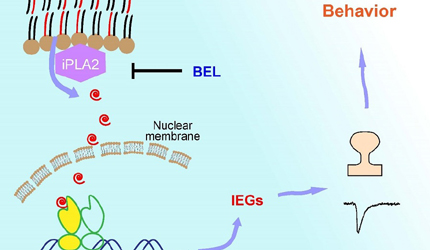
On May 18th, a research article named ”A rationally engineered cytosine base editor retains high on-target activity while reducing both DNA and RNA off-target effects” was published in Nature Methods, which was cooperatively accomplished by YANG Hui’s group, Li Yixue’s group and Zuo Erwei’s group.
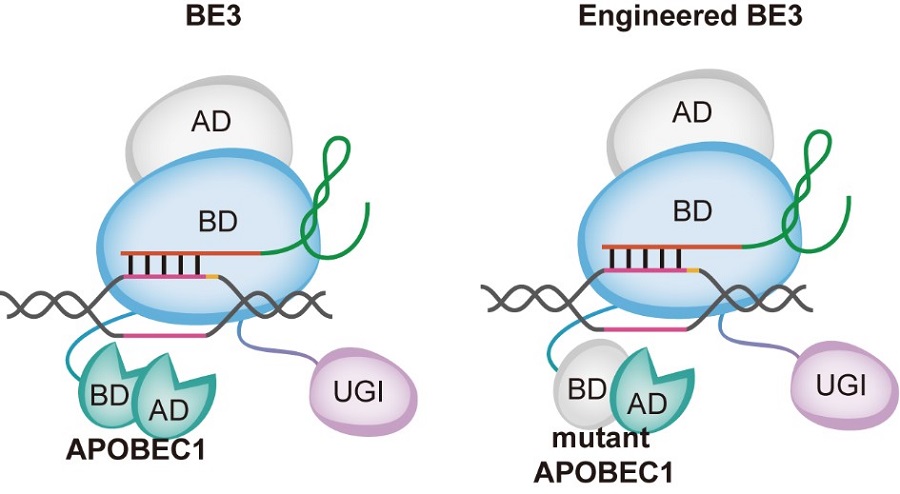
A recent study published in Nature Communications demonstrated that spider venom-derived peptide HpTx1 induces hyperalgesia in Nav1.7 knockout mice. This finding is from a joint work by Prof. LIU Zhonghua’s team and Dr. LIU Jing Yu’s lab.
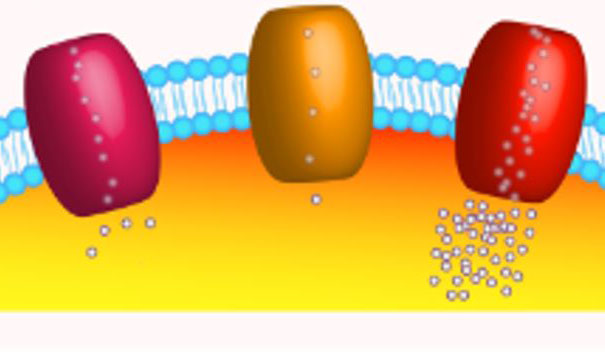
A recent study published in Cell reports demonstrates that cortical inputs from posterior amygdala (PA) onto the ventrolateral part of ventromedial hypothalamus (VMHvl) bidirectionally modulate male aggression behavior in mice. This work was performed by researchers in Dr. XU Xiao-Hong’s Lab.
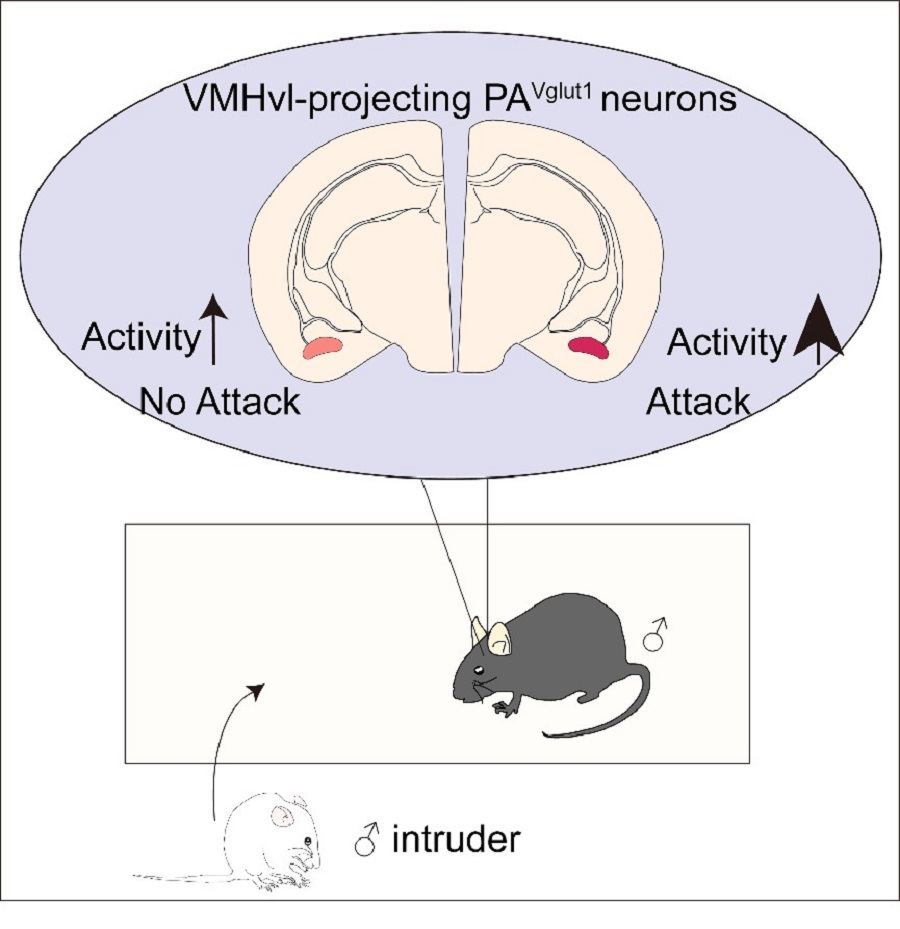
A recent study published in Science Advances reports a highly sensitive and selective potassium ion (K+) nanosensor that can be excited by near-infrared (NIR) light. This work was performed by researchers in Dr. DU Jiulin’s, Dr. XIONG Zhiqi’s Labs and Dr. BU Wenbo’s Labs.

Recently, collaboration between Dr. DUAN Xiaojie’s group and Dr. LIANG Zhifeng’s group , has led to a novel MRI compatible, graphene fiber DBS electrode. Using a Parkinsonian rat model, this novel electrode achieved full activation pattern mapping by simultaneous deep brain stimulation and fMRI, and revealed close relationship between fMRI activation and DBS therapeutic improvement.

A recent study published in Journal of the American Chemical Society reports a near-infrared (NIR) voltage nanosensor that enables real-time imaging of neuronal activities in mice and zebrafish. This work was performed by researchers at Dr. DU Jiulin’s Lab.
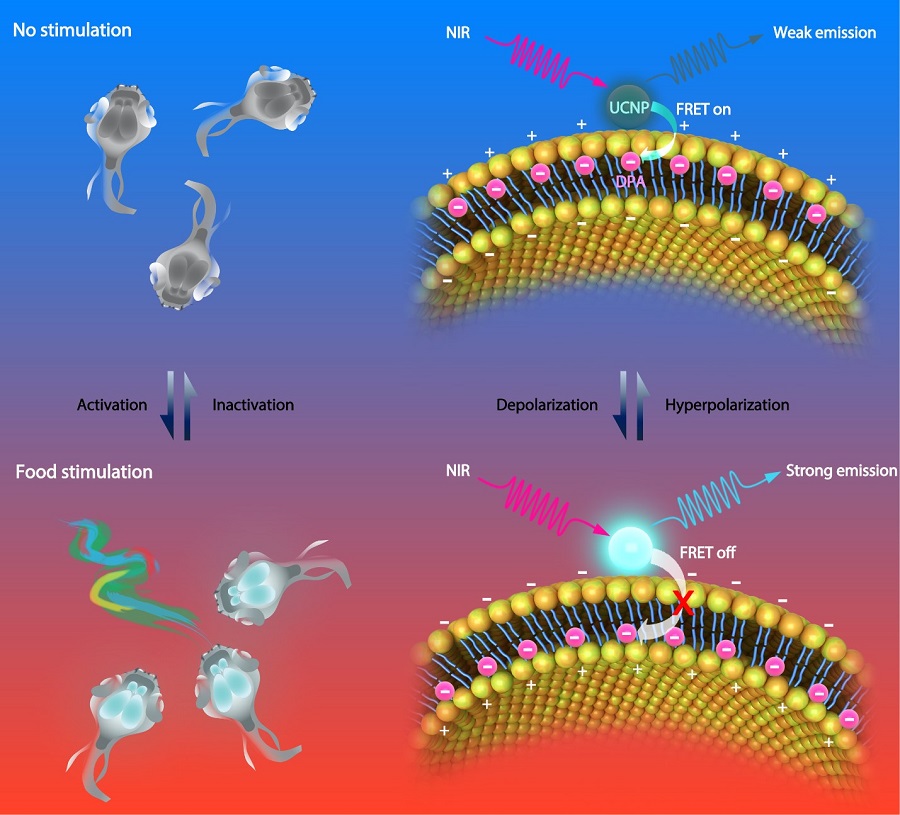
A recent study published in Cell revealed that glia-to-neuron conversion alleviates symptoms of two top-ranked neurological diseases in mice. This work was performed by researchers in Dr. YANG Hui's Lab. This study provides a new approach for treating a variety of disorders due to neuronal loss.

A recent study analyzed the genomic, behavioral, multi-channel EEG and functional MRI data of transgenic macaque monkeys, and found that MECP2 gene overexpression caused a chain of functional changes in GABA signaling pathway, β band neural synchronization, functional connectivity networks and cognitive behaviors. This work was performed by researchers in Dr. WANG Zheng’s lab.

A recent study published in PLOS Biology revealed that light-dark cycle is essential for the initiation of the cellular clock in zebrafish by constructing a transgenic zebrafish line to report in vivo circadian rhythm at the single-cell level. This work was performed by researchers in Dr. YAN Jun’s Lab and Dr. HE Jie’s lab, with Dr. LI Yuanhai .
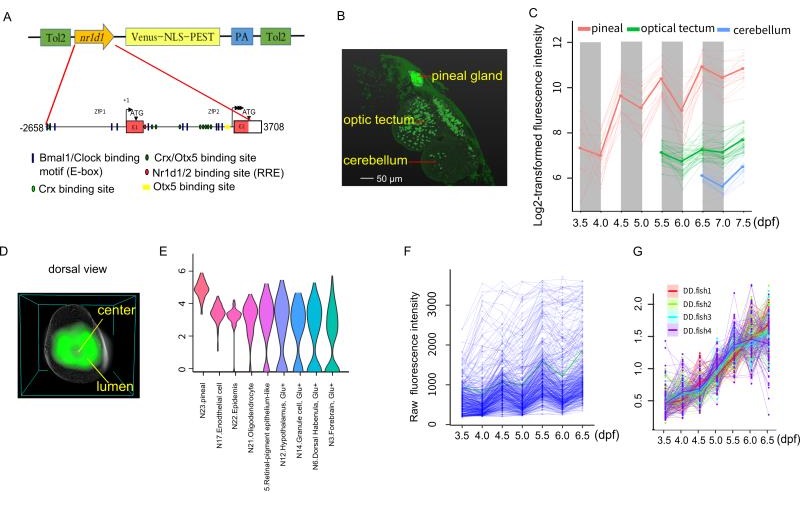
A recent study published in Neuron provided new evidence about the neural mechanisms of active information maintenance in working memory. The work was performed by the researchers in Dr. LI Chengyu’s Lab. This work strongly supported the critical role of transient coding scheme, but not persistent coding scheme, in WM information maintenance under the current experimental conditions.

A recent study published in Nature reported two conserved epigenetic regulators as novel anti-aging targets. This work was performed by researchers in Dr. CAI Shiqing's Lab and Dr. JIANG Lubing’s team. The work has unraveled conserved negative regulators of healthy aging by using multiple modalities and systems, providing insights into how to achieve healthy aging.
